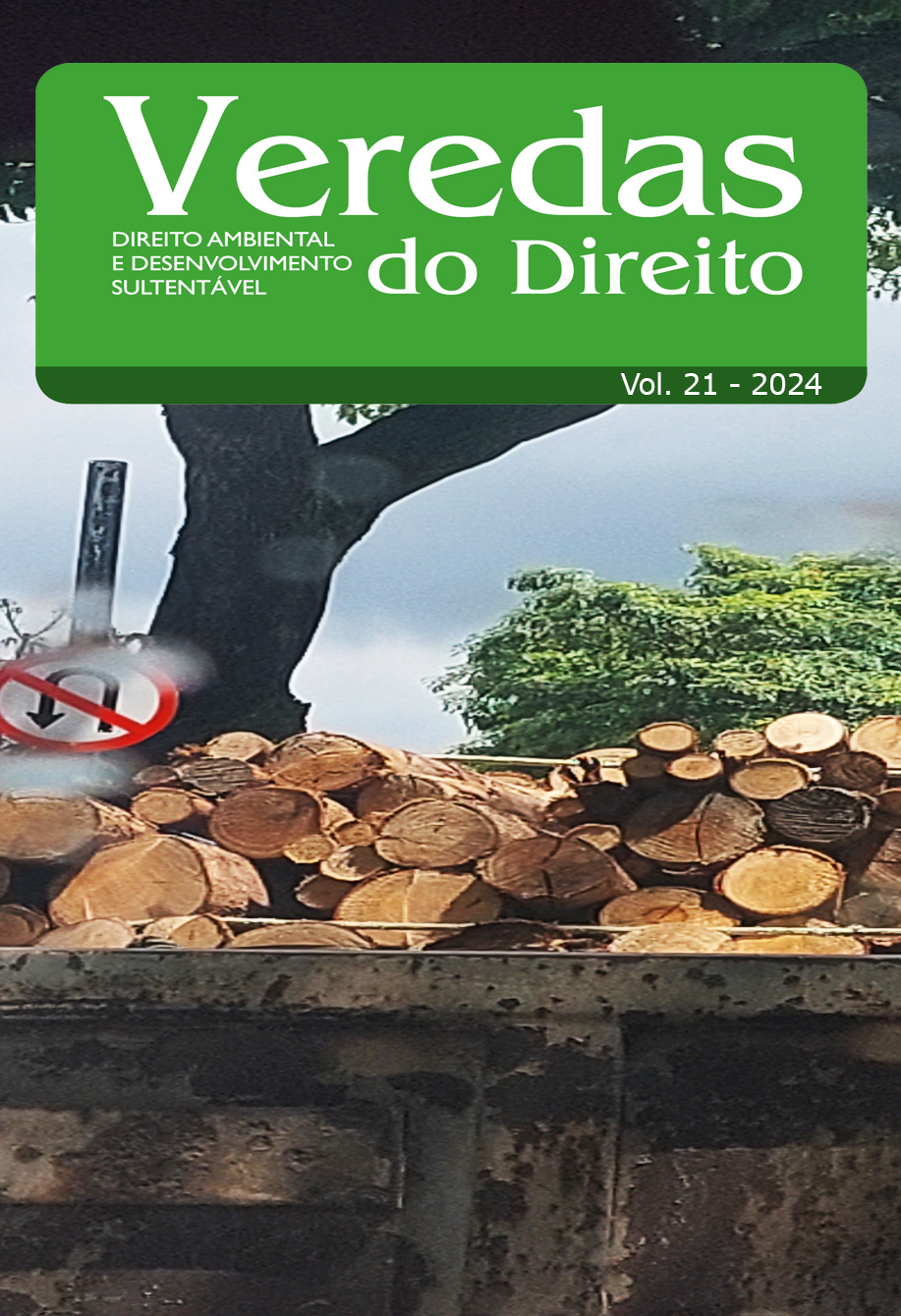ENVIRONMENTAL LAW: INTERCONNECTIVITY AND REFLECTION FROM LÉVINAS
Main Article Content
Abstract
From the perspective of environmental law, this article has the general objective of highlighting the increasingly prevalent environmental issues that arise as a result of the non-compliance with Brazilian constitutional provisions, as well as international protective measures. The study aimed to analyze how the Brazilian legal system has addressed and provided protection to the environment from the standpoint of the alterity principle proposed by Lévinas, considering the importance of viewing the environment as a transgenerational resource. Additionally, it seeks to examine the need to reflect on the care of œour common home, as prescribed by Laudato Si, the encyclical letter of Pope Francis. To achieve this, a review of bibliographic research and legislation was conducted, using a hypothetical-deductive approach. As a result, it conclusively demonstrates the urgent need to practice alterity. Without a doubt, the conclusion is reached that the current capitalist system must be directly confronted, as, due to the culture of selfishness and a lack of responsibility, it is already possible to observe the beginning of the scarcity of natural resources that are essential for life, especially human life.
Article Details
I (we) submit this article which is original and unpublished, of my (our) own authorship, to the evaluation of the Veredas do Direito Journal, and agree that the related copyrights will become exclusive property of the Journal, being prohibited any partial or total copy in any other part or other printed or online communication vehicle dissociated from the Veredas do Direito Journal, without the necessary and prior authorization that should be requested in writing to Editor in Chief. I (we) also declare that there is no conflict of interest between the articles theme, the author (s) and enterprises, institutions or individuals.
I (we) recognize that the Veredas do Direito Journal is licensed under a CREATIVE COMMONS LICENSE.
Licença Creative Commons Attribution 3.0



































